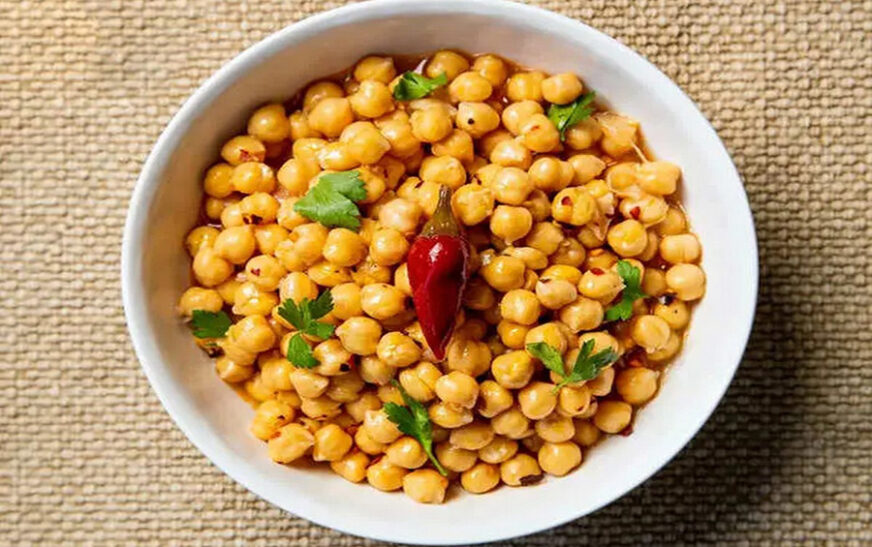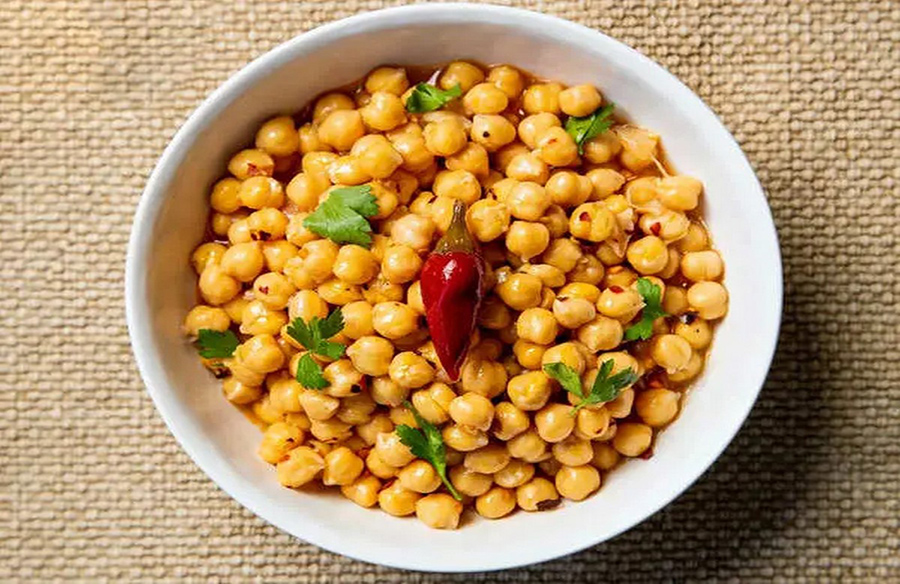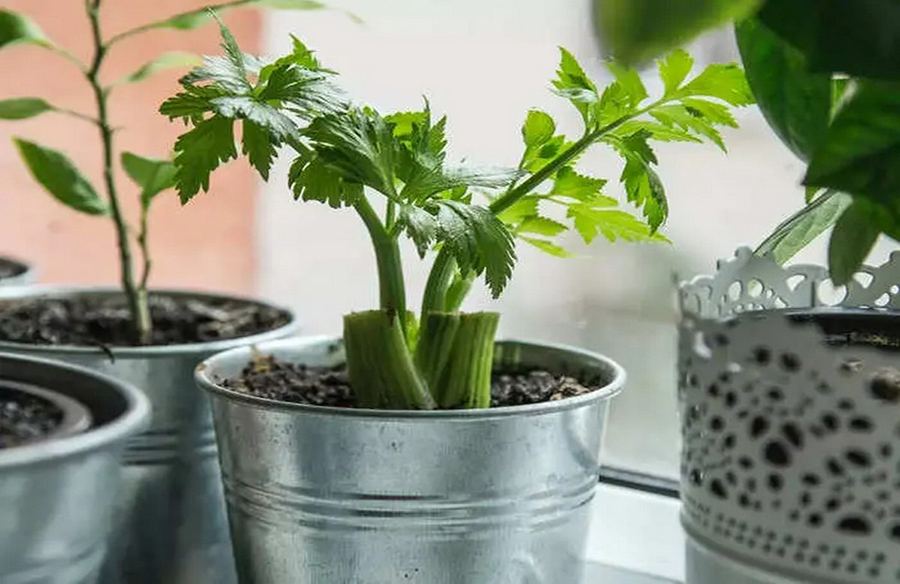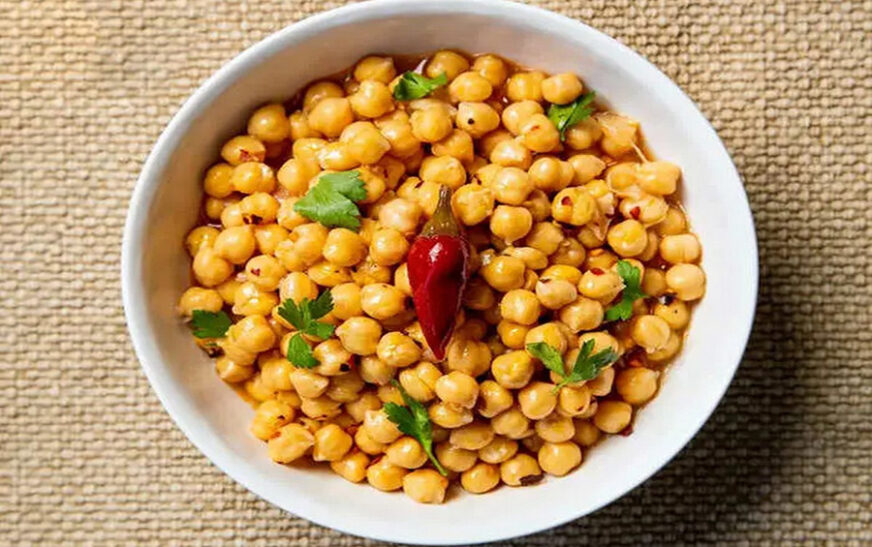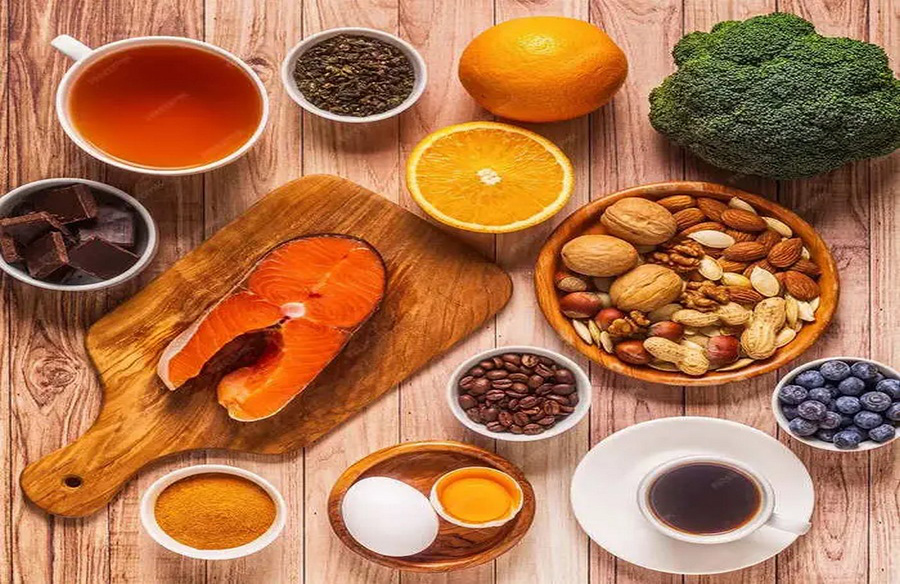Chickpeas, also known as garbanzo beans, have been an integral part of global cuisine for centuries. These legumes, cherished for their versatility and health benefits, offer a delightful blend of flavor and nutrition. Let’s delve into the world of chickpeas, from their nutritional value to culinary applications and more.
What are Chickpeas?
Chickpeas, scientifically known as Cicer arietinum, belong to the Fabaceae family. With a nutty flavor and grainy texture, they come in various varieties, notably the larger kabuli chickpeas and the smaller desi chickpeas, each adding its distinct character to culinary creations.
Nutritional Value
Chickpeas boast an impressive nutritional profile:
- Protein: A cup of cooked chickpeas provides around 14.5g of plant-based protein.
- Fiber: Rich in dietary fiber, with approximately 12.5g per serving, promoting digestive health and satiety.
- Carbohydrates: A good source of complex carbohydrates, offering sustained energy.
- Vitamins and Minerals: Packed with essential nutrients like folate, iron, magnesium, phosphorus, and zinc.
Health Benefits
Incorporating chickpeas into your diet offers several health advantages:
- Protein Source: Ideal for vegetarians and vegans, chickpeas serve as a valuable plant-based protein option.
- Digestive Health: High fiber content supports digestion and regular bowel movements.
- Heart Health: Soluble fiber aids in lowering cholesterol levels, reducing the risk of heart disease.
- Blood Sugar Management: Fiber and protein combination helps stabilize blood sugar levels, beneficial for diabetes management.
- Weight Management: Low in calories and high in fiber, chickpeas promote satiety, aiding in weight management.
Culinary Uses
Chickpeas lend themselves to a variety of culinary delights:
- Hummus: A beloved Middle Eastern dip made with blended chickpeas, tahini, lemon juice, and garlic.
- Salads: Enhance salads with chickpeas for added crunch and protein.
- Curries and Stews: Commonly used in Indian and Mediterranean cuisines, enriching both flavor and texture.
- Roasted Snacks: Seasoned roasted chickpeas make for a nutritious and crunchy snack.
- Chickpea Flour: Ground chickpeas serve as gluten-free flour in baking and as a thickening agent in soups and sauces.
Types of Chickpeas
Chickpeas come in two main varieties:
- Kabuli Chickpeas: Larger and creamier, popular in dishes like salads and hummus.
- Desi Chickpeas: Smaller and darker, commonly found in Indian and Middle Eastern cuisines.
How to Buy and Store Chickpeas
When purchasing chickpeas:
- Opt for dried chickpeas for cooking or canned chickpeas for convenience.
- Choose intact, unblemished dried chickpeas and store them in an airtight container in a cool, dry place for up to a year.
- Canned chickpeas should be refrigerated for 3-4 days after transfer to a container.
Precautions and Potential Side Effects
While generally safe, some individuals may experience:
- Flatulence: Overconsumption may lead to gas and bloating due to their high fiber content.
- Allergies: Allergic reactions to chickpeas are rare but possible; seek medical attention if needed.
- Antinutrients: Chickpeas contain antinutrients like phytic acid, mitigated by soaking or cooking.
Incorporating chickpeas into your culinary repertoire not only adds flavor and texture but also provides a host of nutritional benefits. With their versatility and health advantages, chickpeas stand as a testament to the richness of plant-based cuisine.

